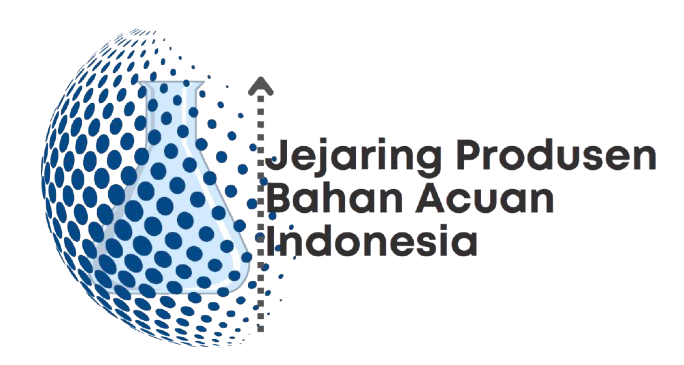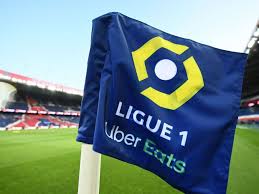Discover how Ligue 1’s physical style stacks up against top European leagues like the Premier League, La Liga, Serie A, and more.
Comparing Ligue 1’s Physicality to Europe’s Top Football Leagues
In discussions about Europe’s best football competitions, much of the focus tends to be on technical flair, tactical systems, or superstar talent. However, physicality—the intensity, strength, and athletic demands of the game—is equally vital in defining the identity of a league. Among the top five leagues in Europe, Ligue 1 has gained a distinct reputation for being one of the most physically demanding.
But how does Ligue 1’s physical nature truly compare to Europe’s other elite leagues—namely the English Premier League, La Liga, Serie A, and the Bundesliga? Is it really the most physically intense league, or is that just a stereotype? This article breaks down the unique characteristics of each competition, examines data, and explores why ACE66 Ligue 1 is often the proving ground for players who later thrive across the continent.
Understanding Physicality in Football
Before we jump into comparisons, it’s crucial to define what “physicality” means in a football context. It includes:
- Tackling intensity
- Duel success rate
- Pressing frequency
- Sprint distance and pace
- Aerial battles
- Stamina and endurance across matches
Physicality doesn’t always mean violence or fouls. It’s about how demanding the league is on a player’s body week in and week out.
Ligue 1: A League Built on Power and Endurance
French football has long embraced a style rooted in strength, athleticism, and direct play. While tactical nuance exists—especially among top clubs like PSG, Monaco, Marseille, and Lyon—Ligue 1 as a whole remains a battlefield of strength and stamina.
Key Traits of Ligue 1 Physicality:
- High duel involvement per match: Defenders and midfielders often engage in numerous challenges.
- Athletic player profiles: Ligue 1 clubs favor players with speed, explosiveness, and strength.
- Lower scoring games: Defensive rigidity and physical battles slow down open play.
- Development ground for elite players: Many world-class athletes—like Didier Drogba, Kylian Mbappé, and N’Golo Kanté—were molded in Ligue 1 before moving to top-tier leagues.
Premier League: High Intensity Meets Physical Brutality
The Premier League is widely regarded as the most physically intense competition due to its blistering pace, aggressive pressing, and minimal referee interference compared to other leagues.
How It Compares:
- Sprint-heavy matches: High-speed transitions are constant.
- Aerial duels common: Especially with English teams favoring crosses and set-pieces.
- Tough tackling culture: Though less so in modern years, its roots remain.
- Athletic demands: Similar to Ligue 1, but with higher tempo.
Conclusion: While Ligue 1 matches might feature more one-on-one duels, the Premier League beats it in sheer game tempo and sprint intensity.
La Liga: Technical Mastery over Physical Contact
La Liga is considered the most technical of the major European leagues, prioritizing ball control, positional play, and creativity.
Physical Comparison:
- Fewer fouls and tackles: Emphasis is on maintaining possession.
- Less aggressive dueling: Duels are more positional than forceful.
- Smaller, quicker players dominate: Agility over brute strength.
- Lower pressing outside top clubs: Mid-table teams defend in deeper blocks.
Conclusion: Compared to Ligue 1, La Liga is less physically intense, especially in midfield and defensive challenges.
Serie A: Tactical Discipline and Veteran Control
Serie A is known for its tactical depth and slower match tempo. The focus is on structured defending and cerebral play rather than physical fireworks.
Physical Comparison:
- Controlled duels: Players use positioning more than aggression.
- Emphasis on game management: Fewer end-to-end matches.
- Older average player age: Players rely on experience, not athleticism.
- Low pressing intensity: Outside of top clubs like Napoli and Atalanta.
Conclusion: Serie A features lower physicality than Ligue 1, especially in terms of sprinting and dueling frequency.
Bundesliga: Pressing Machine Fueled by Youth
The Bundesliga combines physicality with intense pressing, particularly from teams like Bayer Leverkusen, RB Leipzig, and Bayern Munich.
Physical Comparison:
- High pressing stats: One of Europe’s most press-heavy leagues.
- Young and athletic squads: German clubs rely on youth development.
- Frequent transitions: Games are wide open with high stamina demands.
- Aerial duels exist, but less frequent than Premier League or Ligue 1.
Conclusion: Bundesliga matches are physically taxing due to pressing, but Ligue 1 still has more direct physical duels and stronger individual battles.
Physical Metrics: Ligue 1 vs. Other Leagues
| Metric | Ligue 1 | Premier League | La Liga | Serie A | Bundesliga |
|---|---|---|---|---|---|
| Average Duels per Game | High | Medium-High | Low | Medium | Medium |
| Sprint Distance (km/game) | Medium | High | Low | Medium | High |
| Aerial Duel Frequency | High | High | Low | Medium | Medium |
| Pressing Intensity (PPDA) | Medium | High | Low | Low | High |
| Fouls per Match | High | Medium | Low | Medium | Medium |
Why Ligue 1 Players Transition Well
One of the strongest indicators of Ligue 1’s physical reputation is the number of players who leave France and succeed elsewhere.
- Didier Drogba (Chelsea): Adapted instantly to Premier League intensity.
- N’Golo Kanté (Leicester, Chelsea): Made for the Premier League’s pressing game.
- Aurélien Tchouaméni (Real Madrid): Physically imposing in La Liga’s midfield.
- William Saliba (Arsenal): Physically dominant defender raised at Saint-Étienne and Marseille.
These players developed the core strength and stamina in Ligue 1 that made them capable of excelling in faster or more technical leagues.
Future of Ligue 1: Physicality with a Tactical Shift?
Although Ligue 1 remains a physically demanding competition, clubs are slowly evolving. With increased investment, better coaching, and international influences, the league is starting to balance athleticism with tactical flexibility.
Teams like RC Lens, Stade Brestois, and Nice are showing high tactical maturity while maintaining the physical standards Ligue 1 is known for.
This evolution means Ligue 1 may not only be a developmental platform for physical players, but also for complete athletes with strong tactical understanding and adaptability.
Final Thoughts: Ligue 1’s Role in the European Football Ecosystem
When it comes to physicality, Ligue 1 holds its own—and often surpasses—Europe’s top leagues in direct duels, defensive resilience, and athleticism. While it may lack the glamour of the Premier League or the technical finesse of La Liga, Ligue 1 has carved out a unique space as the league of physical warriors and future global stars.
Its players may not always get the spotlight, but their impact across world football is undeniable. Whether you’re a fan of PSG’s elite, Marseille’s grit, or Monaco’s youth, Ligue 1 offers a version of football where strength, speed, and stamina are key weapons.
Support the athletes. Support the development. Support the league.

